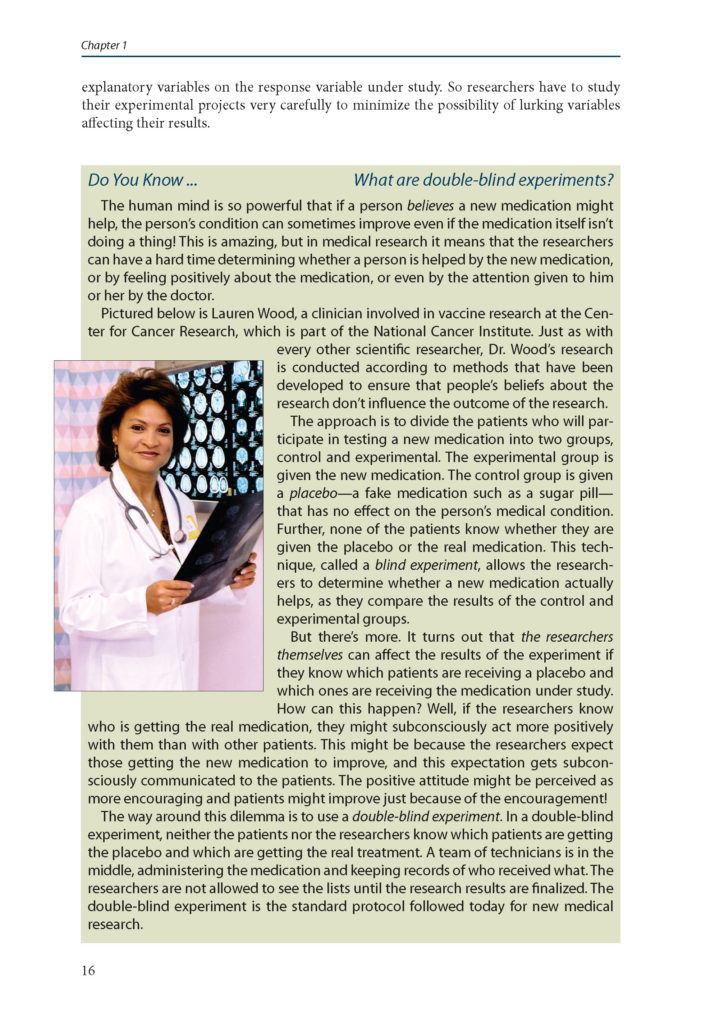Introductory Principles in Physics, 2nd Edition
Made for standard track 9th to 11th grade students, Introductory Principles in Physics incorporates math, history, technical communication and even a little philosophy. Beautiful graphics and lucid text are included in this modestly-sized volume that students will appreciate.
ISBN 978-0-9972845-8-4
Description
** Note: This book is produced by print-on-demand service and may take 2-4 weeks to ship.
View Errata | View Tips and Tools
Introductory Principles in Physics (IPP), 2nd edition is an outstanding, STEM-strong, mastery-based physics text ideal for 9-11th grade. While Centripetal Press advocates the advantages of the “physics first” high school science sequence, IPP is suitable for use in any 9-11th grade context.
IPP contains two optional chapters — Buoyancy and Pressure and Geometric Optics —that contain more challenging concepts and mathematical application for use in an upper grade classroom or homeschool.
Like all Centripetal texts, IPP includes an intentional integration of related subjects along with the physics: mathematics, history of science, written and verbal communication, tie-ins to humanities, and even a little bit of epistemology (philosophy of knowledge). For this reason, the book is a favorite among humanities-based, STEM-focused, Classical-model schools, or any school that simply wants an enriching, effective learning tool for high school physics.
In discussions of Newton’s 3 Laws of Motion, how can you leave out some historical background about Newton? Can anyone have a meaningful perspective on the Cycle of Scientific Enterprise without an (accurate) understanding of the trial of Galileo? Goethe famously said “the history of science IS science.” Understanding science is much more than knowing scientific facts.
How hard is the math? We urge that students be at least enrolled concurrently in Algebra I. Exercises that call for basic algebra math skills push students to think critically to apply concepts from the text in real-world situations utilizing skills cumulatively from previous chapters in the book.
Did you notice the smaller size of the text? Don’t be fooled. This is a full physics course that counts a full science credit. In fact, if our mastery-learning paradigm is followed, students will know physics better at the end of the course than with any other method.
 In every text, Centripetal Press strives to foster the wonder of exploring the natural world that should accompany any scientific endeavor. Each chapter exercise and calculation problem is carefully designed to effect real science learning and assimilation.
In every text, Centripetal Press strives to foster the wonder of exploring the natural world that should accompany any scientific endeavor. Each chapter exercise and calculation problem is carefully designed to effect real science learning and assimilation.
Materials on the Digital Resources support the mastery-oriented pedagogy with cumulative weekly quizzes and review guides that continuously brings students back in contact with material from prior chapters. Known to some as a “spiral” method, we do more just remind students of older content — IPP has students work those skills and rehearse those ideas to aid in long-term retention.
Historical sections are placed in the flow of the text, not in a sidebar where it can be ignored. Epistemological discussion (the nature of scientific knowledge) is something you won’t find elsewhere. And a good preparation for future science courses and career requires an accurate facility with technical communication, both verbal and written.
Read more about our textbook philosophy for details about our unique approach to textbook design.
There is no Teacher’s Edition: everything needed can be found in the text, the Digital Resources, and the Experiment Manual. See the optional Solutions Manual for worked out exercises.
Student instructions for five complete laboratory experiments are included in the appendix. Teachers instructions are included in the supplemental book, Experiments for Introductory Physics and ASPC. Be sure to get students The Student Lab Report Handbook as a guide to preparing premier lab reports after their lab experiments.










